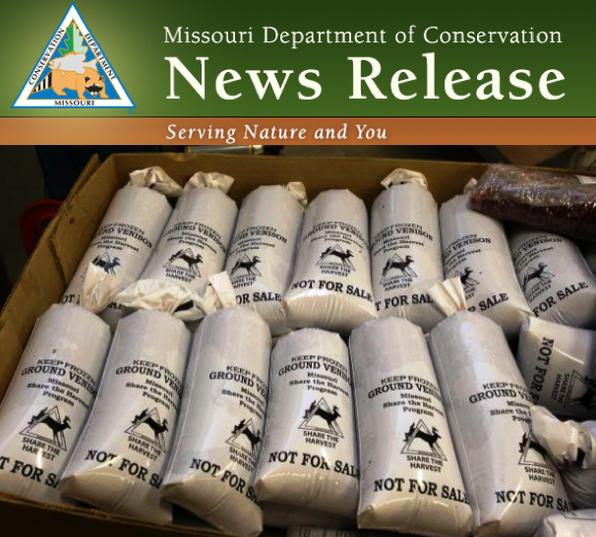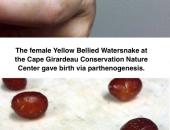Local News
Deer Hunters Can Help with Save the Harvest Program
October 05th 2015 by Dee Loflin

In 1992, a group of bowhunters in Missouri began the program to share the deer they harvested with those less fortunate. Since then, Missouri hunters have donated more than 3.3 million pounds of venison to the needy through Share the Harvest. Last year nearly 4,000 hunters donated more than 212,000 pounds of venison.
The program is administered by the Missouri Department of Conservation (MDC), the Conservation Federation of Missouri (CFM), and supported by numerous sponsors.
To participate, hunters simply take their harvested deer to one of more than 130 participating meat processors around the state and let the processor know how much venison they wish to donate to the program. Hunters can donate a few pounds to a whole deer. The processor will package the ground meat, which will be given to local charitable agencies for distribution to hungry Missourians.
The cost of processing is the hunter's responsibility, but funds are available to help with processing costs when a whole deer is donated. CFM reimburses processors a predetermined amount for each whole deer donated. This allows processors to reduce the processing fees to hunters. In addition, many processors have local funds available that allow deer to be processed for free or at reduced cost. Contact individual processors to determine if local funds are available.
To find participating processors pick up MDC's 2015 Fall Deer & Turkey Hunting Regulations and Information booklet at MDC offices and nature center, where hunting permits are sold, and online at mdc.mo.gov.
Last Updated on October 05th 2015 by Dee Loflin
https://showmetimes.com/Blogpost/uutd/Deer-Hunters-Can-Help-with-Save-the-Harvest-Program





